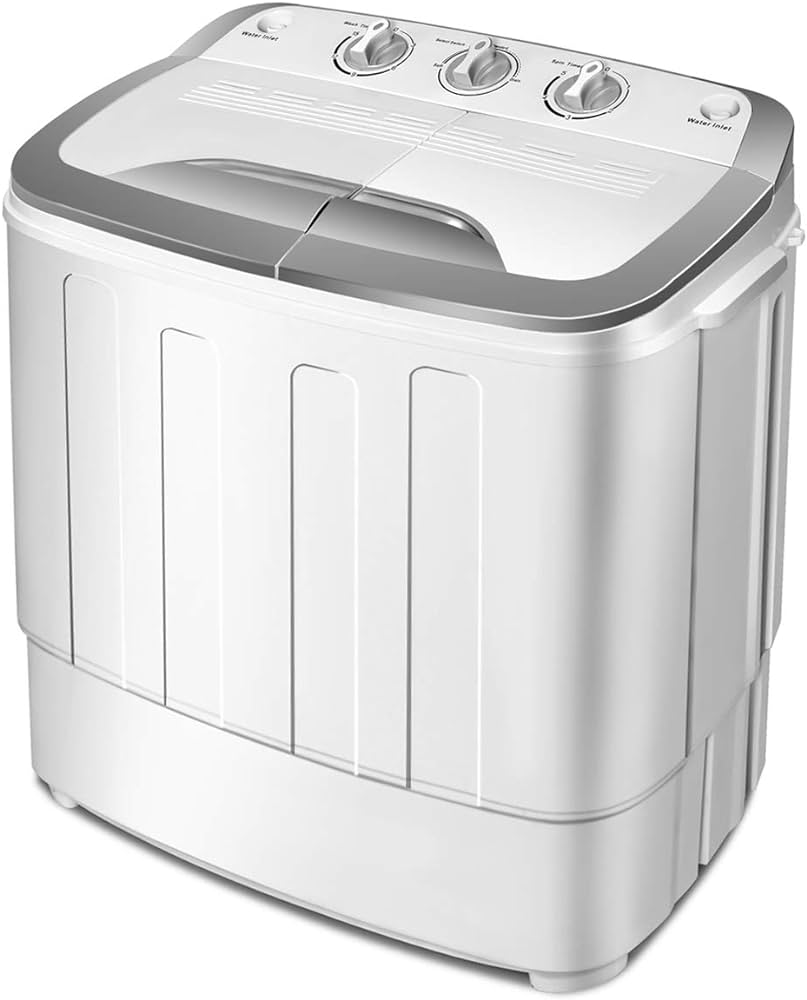Introduction:
Selecting the correct washing machine temperature is crucial for achieving clean, fresh laundry while preserving the quality of your fabrics. Different materials and stains require specific temperatures to ensure effective cleaning without causing damage. This comprehensive guide explores the various temperature settings, their uses, benefits, and potential pitfalls. By understanding these factors, you can optimize your laundry routine for better results and longer-lasting clothes.

Washing Machine Temperature Guide:
How to Choose the Right Temperature for Optimal Laundry Results?
Understanding Temperature Settings:
What Are the Common Washing Machine Temperature Options?
Most modern washing machines offer a range of temperature settings designed to cater to different types of laundry.
Cold Water Settings:
Benefits and Uses:
Energy Efficiency: Washing clothes in cold water is the most energy-efficient option, as it reduces the energy consumed for heating water. It is an eco-friendly choice that helps lower utility bills.
Fabric Protection: Cold water is gentle on fabrics, making it ideal for washing delicate items such as silk, wool, and synthetics that might shrink or become damaged in hot water. It also helps preserve the colors and prevent fading.
Effective on Stains: Cold water is effective for removing certain stains, such as blood, sweat, and wine, which can set in higher temperatures. It is also less likely to cause protein-based stains to harden and become difficult to remove.
Warm Water Settings:
Flexible and Practical:
Versatile Use: Warm water (typically around 90°F to 110°F or 30°C to 40°C) is versatile and works well for a variety of fabrics and soil levels. It is suitable for cotton, linens, and synthetic blends.
Stain Removal: Warm water improves the effectiveness of detergents, making it better for removing oil, grease, and general dirt. It strikes a balance between cleaning power and fabric protection, preventing excessive wear.
Hygiene Improvement: Warm water helps kill bacteria and germs more effectively than cold water, making it a good choice for washing towels, bed linens, and everyday clothing that benefit from extra sanitization.
Hot Water Settings:
Powerful Cleaning:
Heavy Soiling: Hot water (typically ranging from 130°F to 140°F or 54°C to 60°C) provides powerful cleaning for heavily soiled items, such as work clothes, sports uniforms, and cloth diapers. It helps break down tough stains and grease.
Sanitization: Hot water kills most bacteria, viruses, and allergens, making it ideal for items that require thorough sanitization, like kitchen towels, underwear, and baby clothes.
Enhanced Stain Removal: Hot water enhances the chemical reactivity of detergents and stain removers, improving their effectiveness against stubborn stains. It is especially useful for whitening whites and removing embedded dirt.
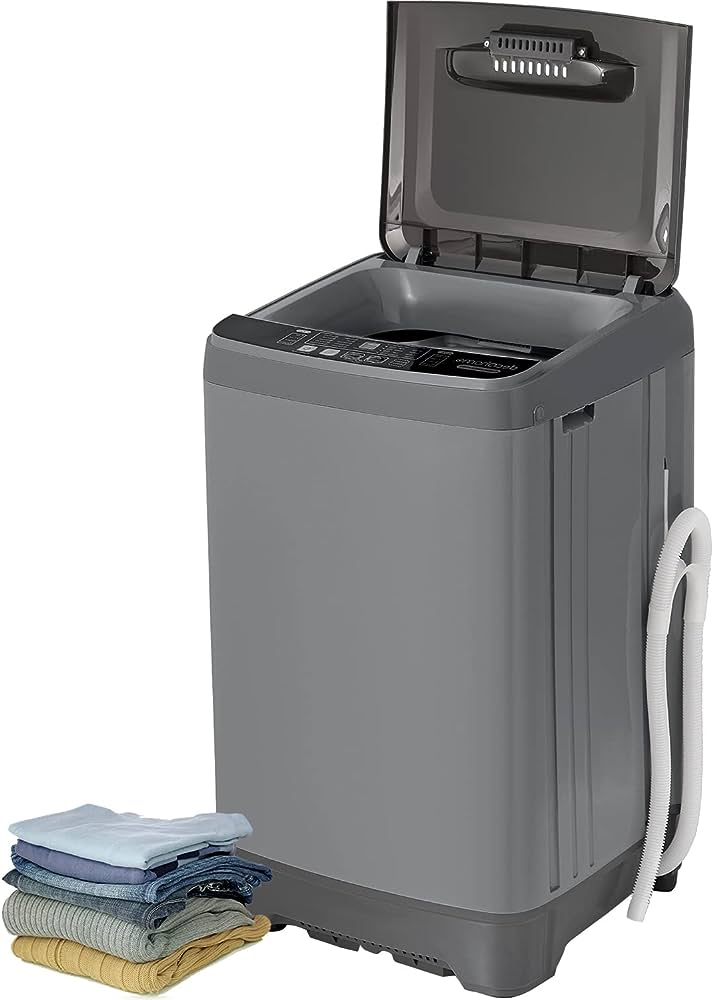 Selecting the Appropriate Temperature:
Selecting the Appropriate Temperature:
How Do You Choose the Right Temperature for Different Fabrics?
Choosing the correct temperature for various fabrics is crucial for maintaining their integrity, appearance, and longevity.
Delicates and Fine Fabrics:
Cold Water Recommendations:
Silk and Wool: Delicate fabrics like silk and wool are best washed in cold water to prevent shrinking, stretching, and fiber damage. Using a gentle detergent and a delicate wash cycle further protects these sensitive materials.
Lingerie and Lace: Lingerie and lace items benefit from cold water washing, as it maintains their shape, elasticity, and color. Placing these items in a mesh laundry bag adds extra protection during the wash cycle.
Bright and Dark Colors:
Preventing Fading:
Color Retention: Cold water washing preserves the vibrancy of bright and dark colors, preventing fading and color bleeding. Use color-safe detergents to enhance the care of these items.
Synthetic Fabrics: Cold water is also suitable for synthetic fabrics, such as polyester and nylon, which can lose their shape or pill in warm or hot water. Cold water minimizes the risk of these issues.
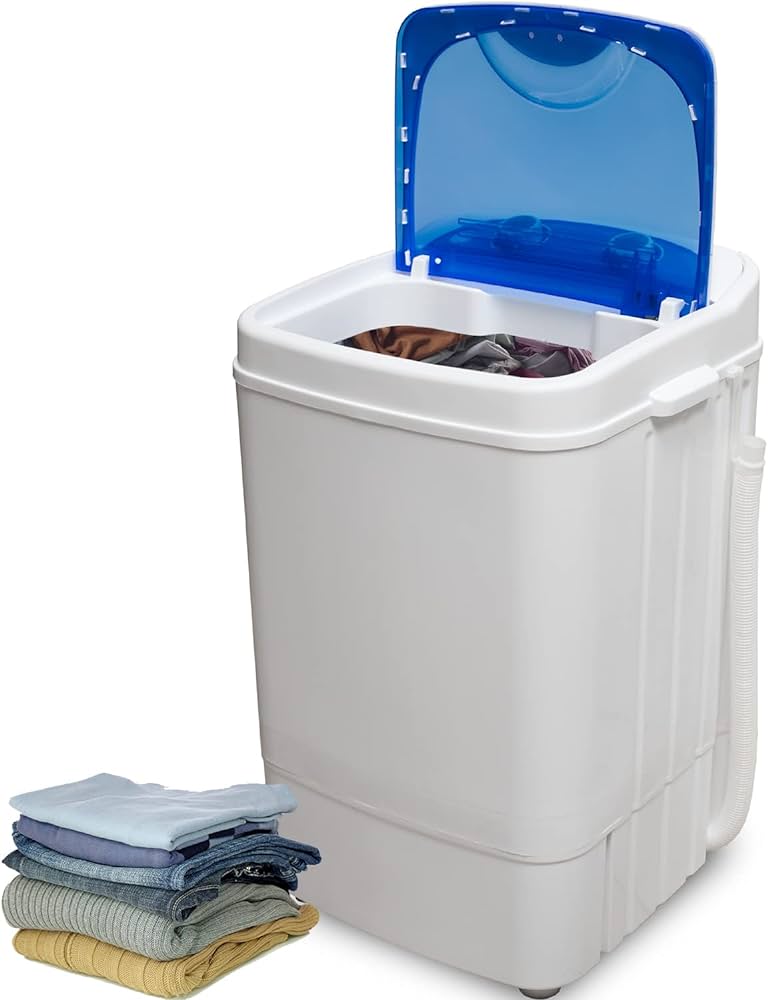 Everyday Wear:
Everyday Wear:
Warm Water Flexibility:
Cotton and Blends: Warm water is effective for washing everyday clothing made of cotton, denim, and blends. It provides a balance of cleaning power and gentleness, maintaining fabric integrity while removing daily dirt and stains.
Mixed Loads: For mixed loads of light and moderately soiled clothes, warm water offers a practical solution, accommodating various fabric types without the need for separate washes.
Heavily Soiled Items:
Hot Water Effectiveness:
Work Attire and Uniforms: Heavily soiled items like work uniforms, sports gear, and gardening clothes benefit from hot water washing. Hot water helps break down stubborn grease, oil, and grime, ensuring thorough cleaning.
Sanitizing Laundry: Items requiring extra sanitization, such as bed linens, towels, and cloth diapers, should be washed in hot water. This ensures the removal of pathogens, allergens, and odor-causing bacteria.
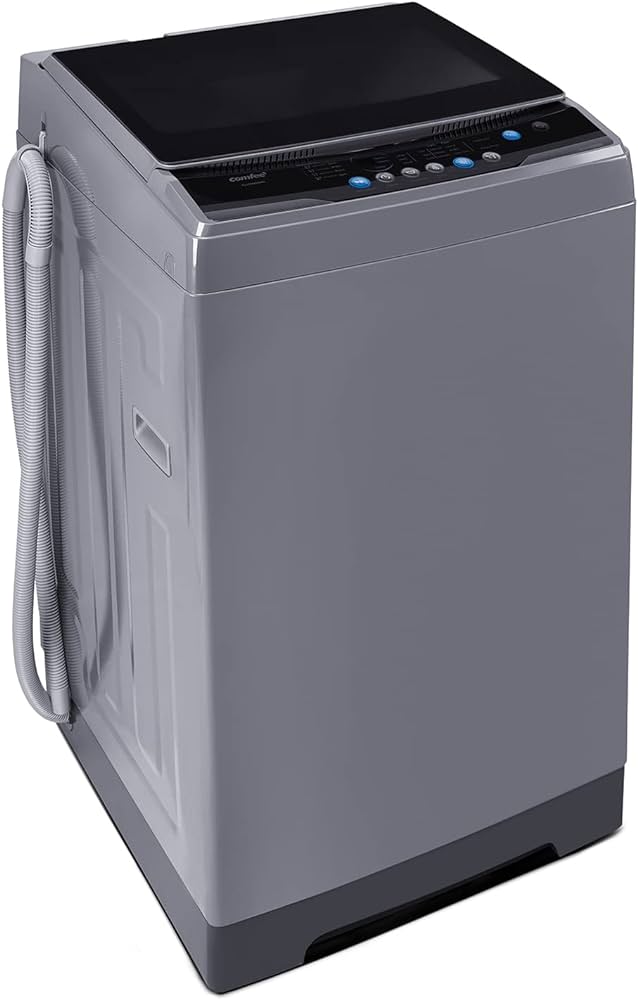 Stain Treatment:
Stain Treatment:
What Are the Best Temperature Settings for Different Stains?
Effective stain removal often depends on using the right water temperature, tailored to the type of stain.
Protein-Based Stains:
Cold Water for Fresh Stains:
Blood and Sweat: Cold water is optimal for treating fresh protein-based stains like blood and sweat. Soaking the stained item in cold water before washing helps prevent the proteins from setting into the fabric fibers.
Milk and Egg: Stains from milk, egg, or other protein-based substances should also be treated with cold water initially. Applying a pre-treatment and washing in cold water can effectively remove these stains.
Oil and Grease Stains:
Warm Water Efficiency:
Food Spills: Oil and grease stains from food spills benefit from warm water washing. Warm water helps dissolve the oils, allowing detergents to break them down more effectively.
Mechanical Oils: For tougher grease stains, such as those from mechanical oils, warm water combined with a strong detergent or degreaser provides the best results. Pre-treating the stain can enhance the cleaning process.
Inorganic Stains:
Hot Water for Tough Dirt:
Mud and Dirt: Mud and ground-in dirt stains are best tackled with hot water. The high temperature softens the dirt and enhances the cleaning power of the detergent, making it easier to remove embedded particles.
Grass and Clay: For stains like grass and clay, which can be tough to remove, hot water proves effective. Pre-treating these stains and using a specialized stain remover improves the chances of complete removal.
Preservation and Care:
How Can You Extend the Life of Your Clothes Through Temperature Management?
Properly managing washing temperatures helps preserve the quality and appearance of your clothes.
Avoiding Shrinkage and Stretching:
Cold Water for Sensitive Fabrics:
Preventing Damage: Using cold water for sensitive or delicate fabrics prevents potential damage from heat exposure. This includes avoiding shrinkage in cotton and wool, and preventing stretching in synthetics.
Mild Detergents: Combining cold water with mild, fabric-specific detergents further protects delicate items, keeping them in good condition.
Maintaining Fabric Strength:
Warm Water for Durability:
Balanced Cleaning: Warm water washing maintains the durability of sturdier fabrics like cotton and denim. It provides effective cleaning without excessively weakening the fabric fibers.
Regular Maintenance: For regular wear items, alternating between cold and warm water washes based on soiling levels can help maintain fabric strength while ensuring cleanliness.
Reducing Wear and Tear:
Hot Water Considerations:
Limit Frequency: Limit the use of hot water washes to heavily soiled or high-risk items. Frequent exposure to hot water can hasten wear and tear on fabrics, leading to reduced lifespan and durability.
Proper Sorting: Properly sorting laundry before washing allows for temperature-specific loads, ensuring each item receives the appropriate care and reducing the risk of damage from improper washing conditions.
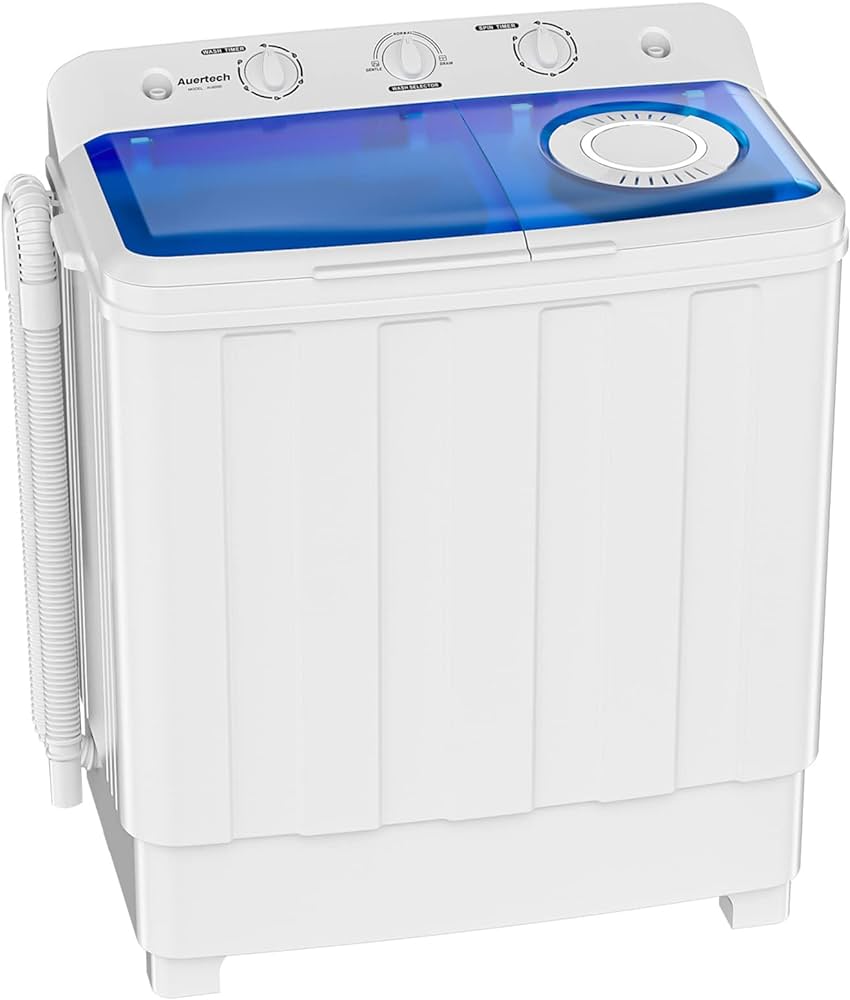 Energy Efficiency:
Energy Efficiency:
How Does Choosing the Right Temperature Impact Energy Consumption?
Choosing the right temperature setting not only affects cleaning performance but also impacts energy consumption and cost.
Cold Water Savings:
Energy Reduction:
Lower Bills: Washing laundry in cold water significantly reduces energy consumption, as it eliminates the need to heat water. This translates to lower utility bills and a reduced carbon footprint.
Eco-Friendly Choice: Cold water washing is an eco-friendly choice, minimizing the environmental impact of your laundry routine. Using cold water detergents enhances cleaning efficiency while maintaining sustainability.
Warm Water Compromise:
Moderate Efficiency:
Balanced Costs: Warm water washing strikes a balance between effective cleaning and energy savings. It consumes more energy than cold water but less than hot water, making it a practical compromise for routine laundry.
Optimized Use: Using warm water only when necessary helps manage energy consumption while ensuring adequate cleaning for moderately soiled items.
Hot Water Considerations:
Energy Impact:
Higher Consumption: Hot water washing consumes the most energy due to the need for significant water heating. It’s best reserved for loads that require maximum sanitization and stain removal.
Cost Considerations: While effective for certain laundry needs, frequent hot water usage can increase utility bills. Balancing hot water washes with cold and warm cycles optimizes energy efficiency and cost-effectiveness.
Conclusion
Selecting the appropriate washing machine temperature is essential for achieving optimal laundry results while protecting your fabrics and conserving energy. Cold water settings offer benefits for delicate fabrics, bright colors, and energy savings, making them suitable for lightly soiled items and specific stains. Warm water provides versatile cleaning power, effective stain removal, and improved hygiene for everyday wear and mixed loads. Hot water delivers powerful cleaning for heavily soiled items, effective sanitization, and enhanced stain removal but should be used selectively to avoid damaging fabrics. Understanding these temperature settings and their applications helps you choose the right option for various fabrics and stains, ensuring your clothes remain clean, fresh, and long-lasting while reducing environmental impact.

